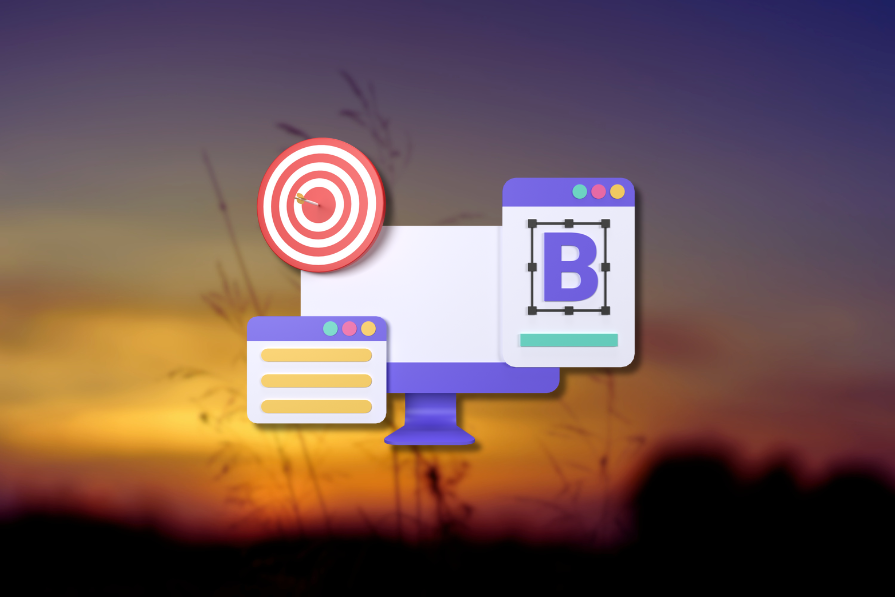UI vs. UX design: What’s the difference?

Table of Contents
- Differences between UI and UX design
- Tasks of a UI designer
- How to become a UI/UX designer
1. Differences between UI and UX design
- Job Goals
- UX: Create intuitive paths for users to complete tasks.
- UI: Use visually appealing design elements to assist users in task completion.
- Scope
- UX: Involves tasks like creating components and styles, and delivering feedback for development.
- UI: Focuses on creating layouts, applying components and styles, and delivering mockups and interactive elements.
- Tools
- UX: Figma, Sketch, or Adobe Cloud software for animations.
- Skills
- UX: Requires a wide range of skills such as user research, wireframing, workshop preparation, and building user flows.
- Tasks
- User Flows: Create user journeys and map out possible outcomes.
- Wireframing: Visualize user flows with low-fidelity wireframes.
- Information Architecture: Organize and structure information in complex products.
- Usability Testing: Test new flows with users and gather feedback.
2. Tasks of a UI designer
- Design System and Visual Components:
- Maintain cohesive styles and components in a design system, work on transitions, button states, and animations.
- Responsive Design:
- Ensure designs are responsive and resize properly on different screen sizes.
3. How to become a UI/UX designer
- Books: Read design books to deepen knowledge.
- Events: Attend design events to learn from professionals.
- Build a Portfolio: Showcase projects and skills to grow digital presence.
By understanding the differences and tasks of UI and UX designers, as well as the path to becoming a UI/UX designer, you can navigate the design field more effectively.